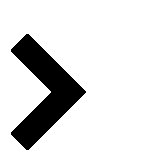REVIEWED P2 OPTIONS
| ||
Reviewed Coating-General OptionsFollowing are a list of options that have been reviewed by pollution prevention specialists. These options have worked at other facilities and may work at yours. |
||
Don't paint it | ||
| Sometimes there is no need to paint the product at all. Evaluate the necessity of painting all the components and parts you paint. Many facilities paint parts that are never exposed, or do not need a protective/decorative coating. Even if you must paint the product you might be able to coat only one part of the product. | ||
Pre-coated raw materials | ||
| Sometimes another facility can efficiently coat components cheaper than you can. For instance, you might consider purchasing precoated steel to eliminate the need to paint finished items. This could reduce your environmental reporting burden and save money in the process. | ||
Aqueous coatings | ||
| Many companies have found successful water-based alternatives to solvent-based paints and saved thousands of dollars in the process. In addition to reducing hazardous waste generation, water-based systems reduce fire hazards and require less protective equipment for operators. This means lower fire insurance rates and less money spent on protective gear. | ||
Spray guns | ||
| Instead of old style air atomized spray gun system for painting, consider using HVLP (High Volume Low Pressure) paint guns. These can be used with most of the current coating systems. HVLP guns operate with air atomizing pressures of 10 psi or less. Low air pressure is replaced with high volume airflow which results in reduced emissions and better transfer efficiency. | ||
Fan size | ||
| Increase transfer efficiency by adjusting the fan size on your spray gun. Ideally, you want to spray 6-8 inches from the surface. For narrow and small parts, minimize overspray by decreasing fan size. If you are painting irregularly shaped parts, consider investing in a spray tip that allows the operator to adjust the spray fan. | ||
Paint cup liners | ||
| If paint colors are changed frequently, consider using disposable paint cup liners. This option will reduce solvent waste and labor costs from cleaning paint pots. If the paint does not contain metals, liners containing dried paint are considered a non-hazardous waste stream. | ||
Paint booth additives | ||
| Reduce downtime required for periodic paint booth maintenance by using additives such as paint detacktifiers, flocculents, and buffering systems. These additives work together to prevent paint particle buildups, thereby reducing downtime needed for periodic booth maintenance. | ||
Paint booth filters | ||
| Consider replacing current paint filter elements with plastic substitutes. These elements last longer between replacements, allow increased air flow even when saturated, and are fire treated to reduce combustibility. In some cases, these filters can be washed off for reuse. If you are using water wash control on the booths, consider converting to dry filters. | ||
Powder painting | ||
| Another option for paint application is powder painting which is most commonly used on metal parts but is also now being used on wood and plastic parts. Powdered paint starts in a supply hopper where compressed air diffuses the paint into a fluidized state. Air pumps move the powder through flexible tubing to the spray guns. The spray guns disperse an electrostatically charged powder directed toward an electrically grounded part. The powder sticks to the part. The coated part is then baked in an oven where the powder melts, flows, and fuses onto the part’s surface. | ||
Biofiltration | ||
| If you operate a thermal oxidizer, consider switching to a biofiltration system. Biofiltration can effectively reduce air emissions. One form of it uses a compost medium to support the biological organism and adsorb air emissions. Biofiltration is a passive process that requires no fuel input, making it very cost-effective compared to thermal oxidation methods. | ||
Electrocoating | ||
| Electrocoating is an organic finishing method that uses electrical current to deposit paint onto a metal part. An electrocoat system applies an electrical charge to a metal part that is immersed in a bath of oppositely charged paint particles. The paint particles are drawn to the metal object and paint is deposited, forming an even, continuous film until the coating reaches the desired thickness. At the desired thickness, the film insulates the part. Attraction then stops and the electrocoating is complete. One advantage of this coating method is that it can reach inside corners and other hard to reach areas that other processes often miss. | ||
Find a Market for Unused Materials | ||
Use  Find Options for other processes Find Options for other processes
image
/themes/hazel/demo7/wp-content/themes/hazel/
/themes/hazel/demo7/
#d8d8d8
style1
paged
No more posts to load.
Load More Posts
Loading posts...
d8d8d8
/home2/treethemes/public_html/themes/hazel/
none

/%year%/%monthnum%/%day%/%postname%/
Sort Gallery
on
yes
yes
off
off
on
off
| ||




